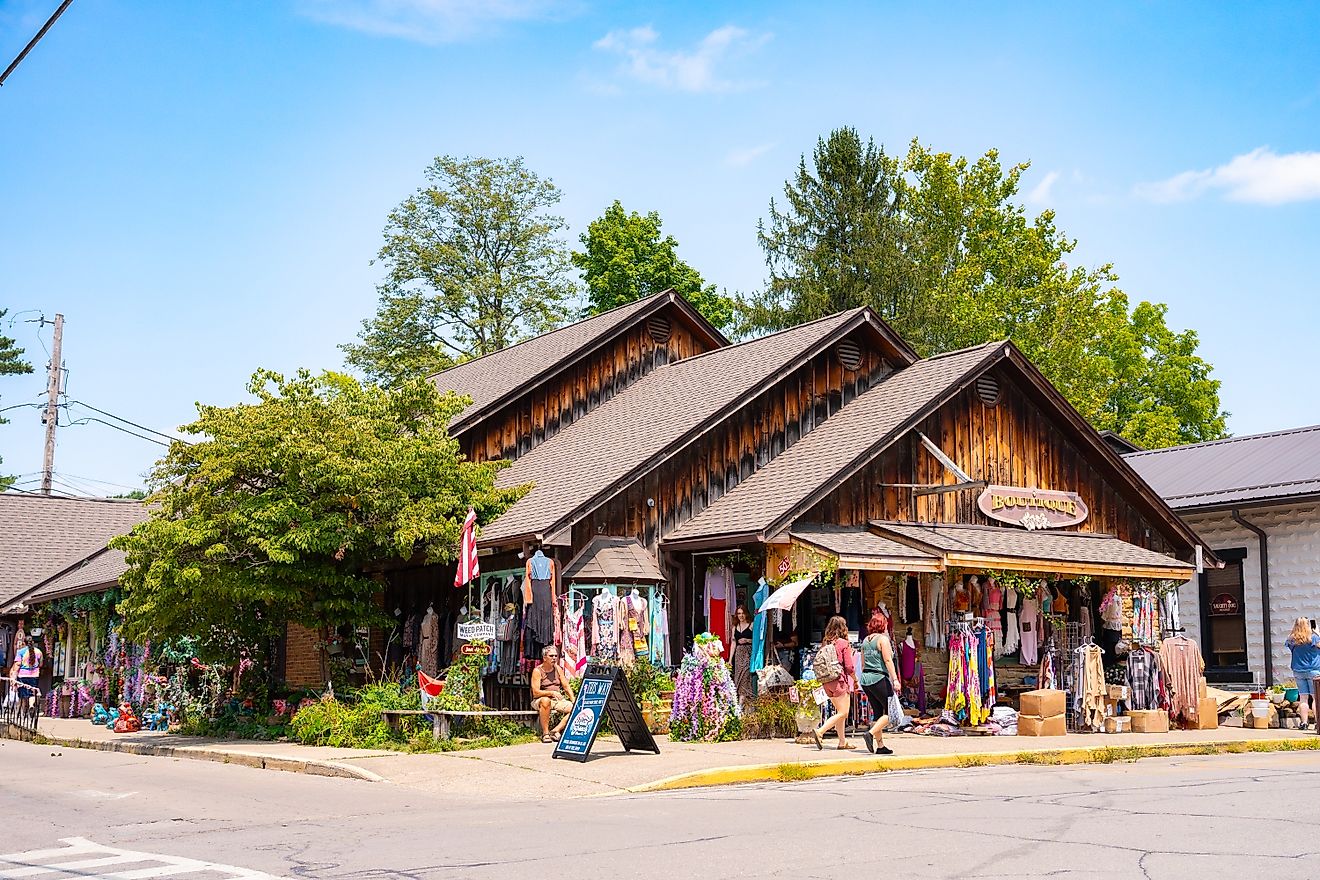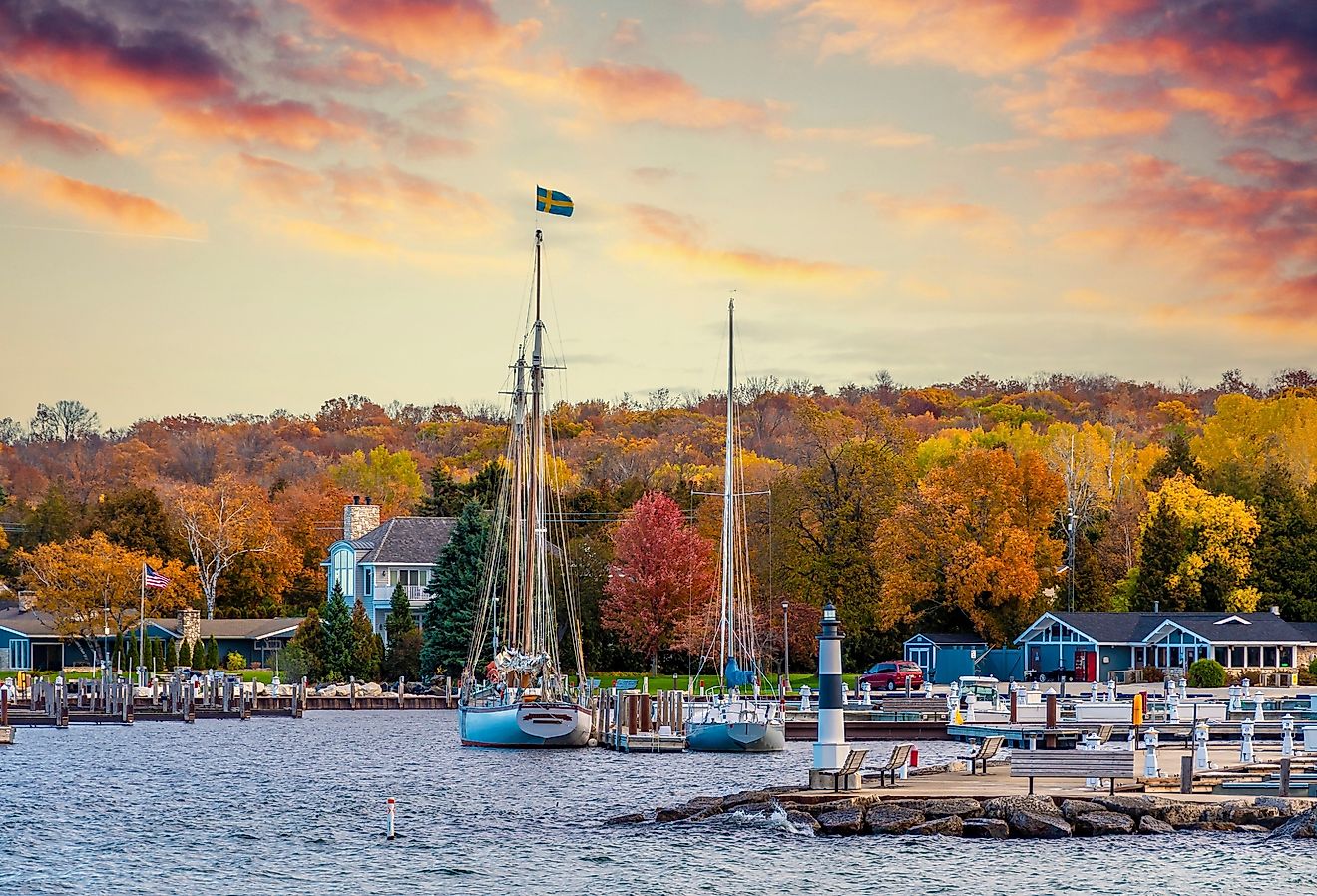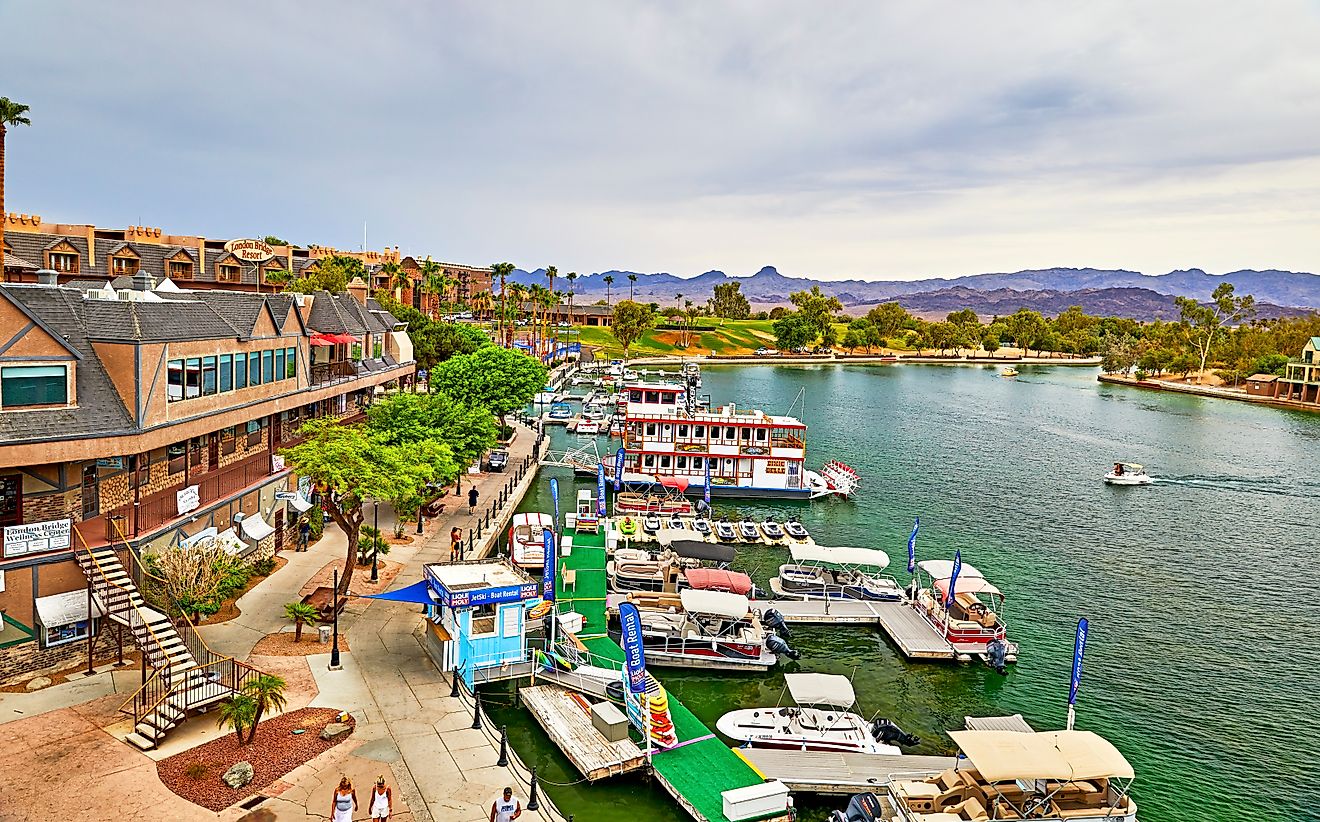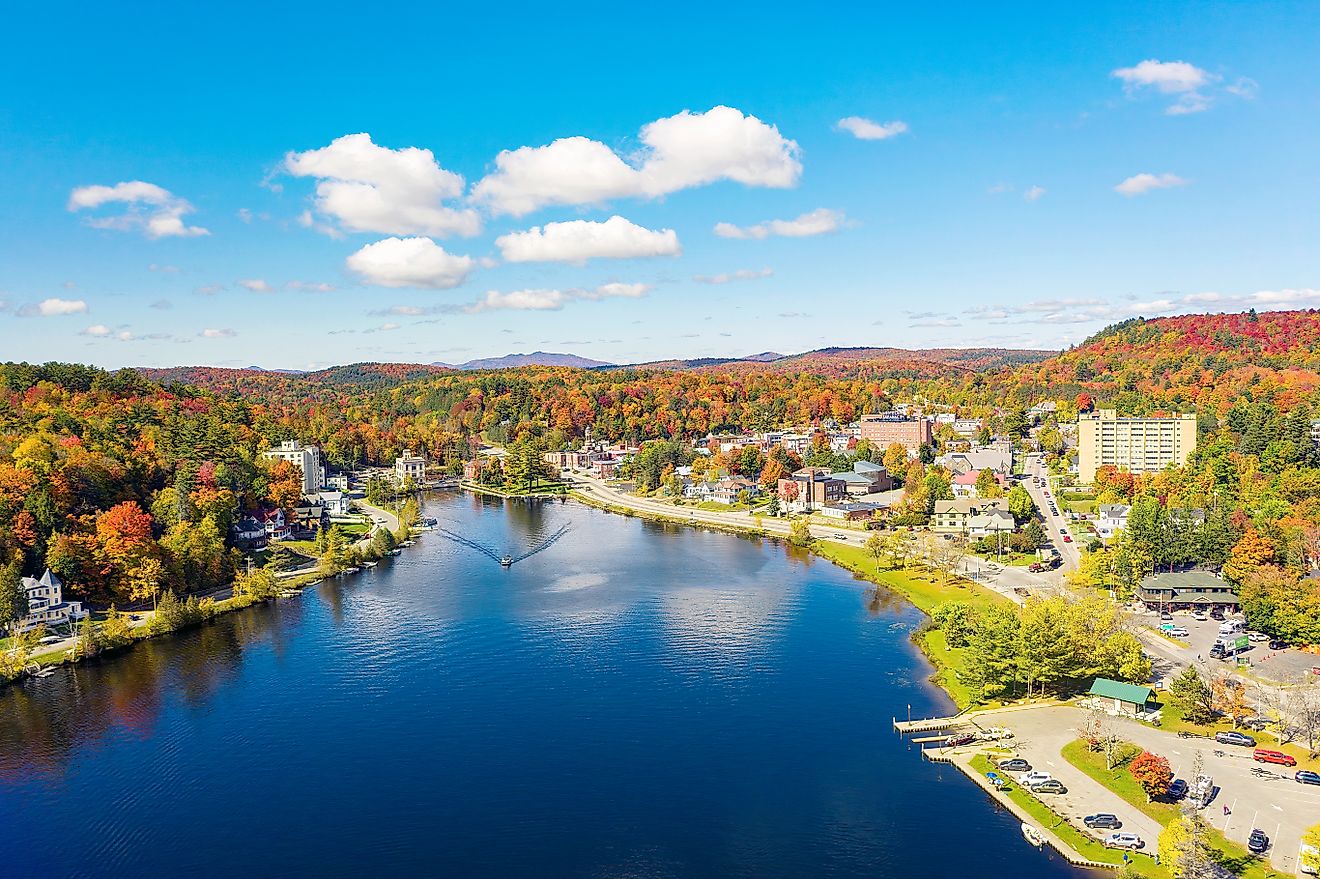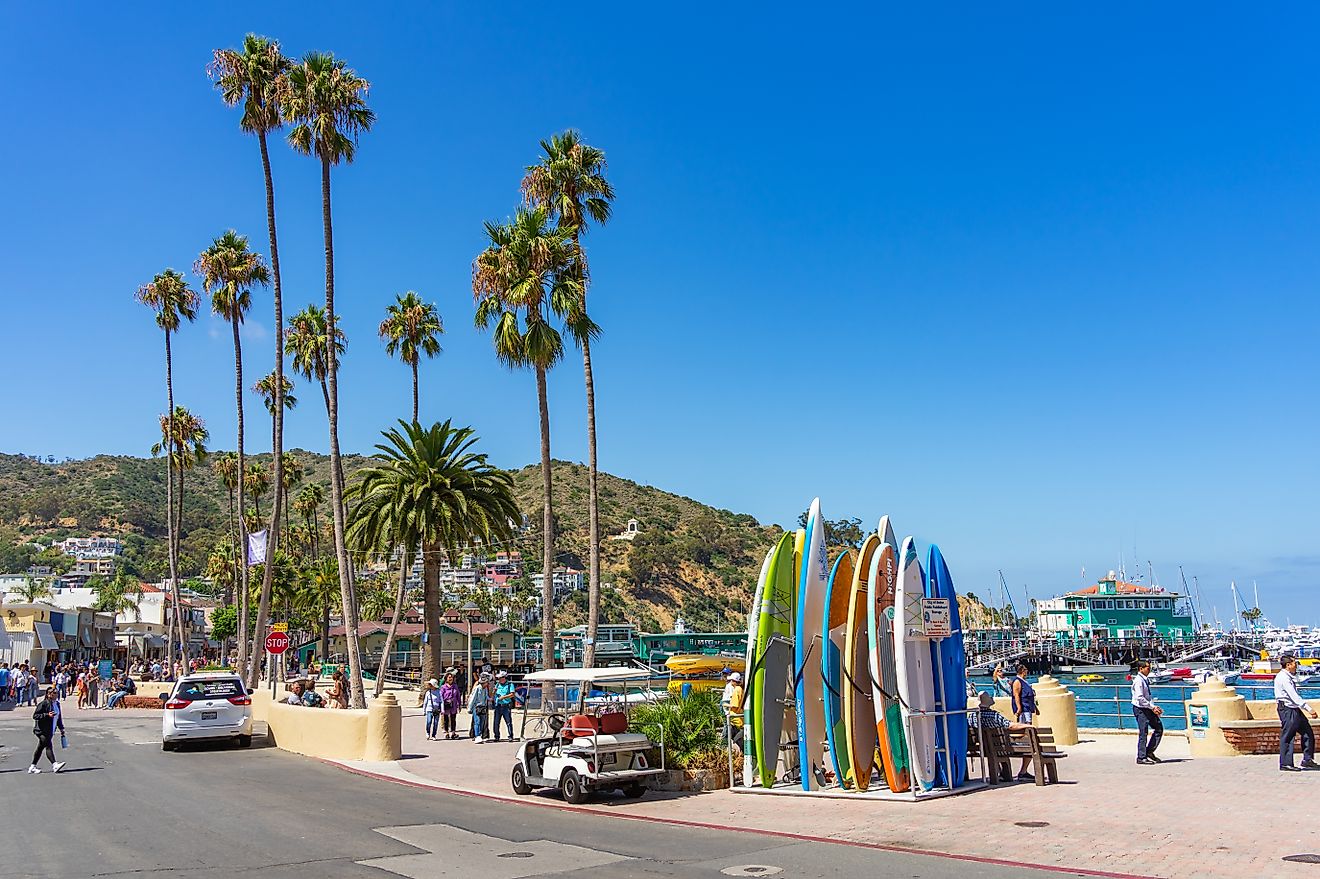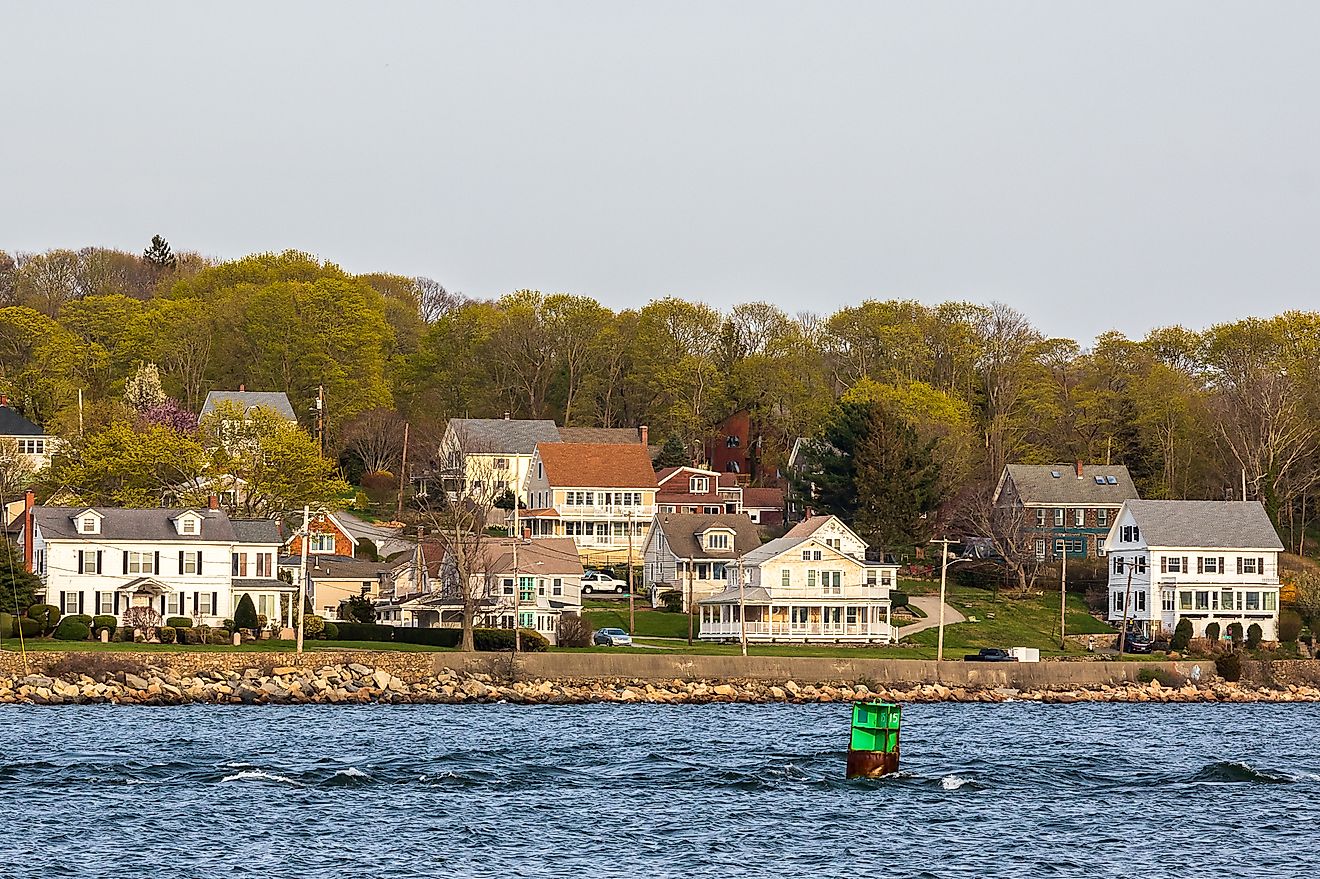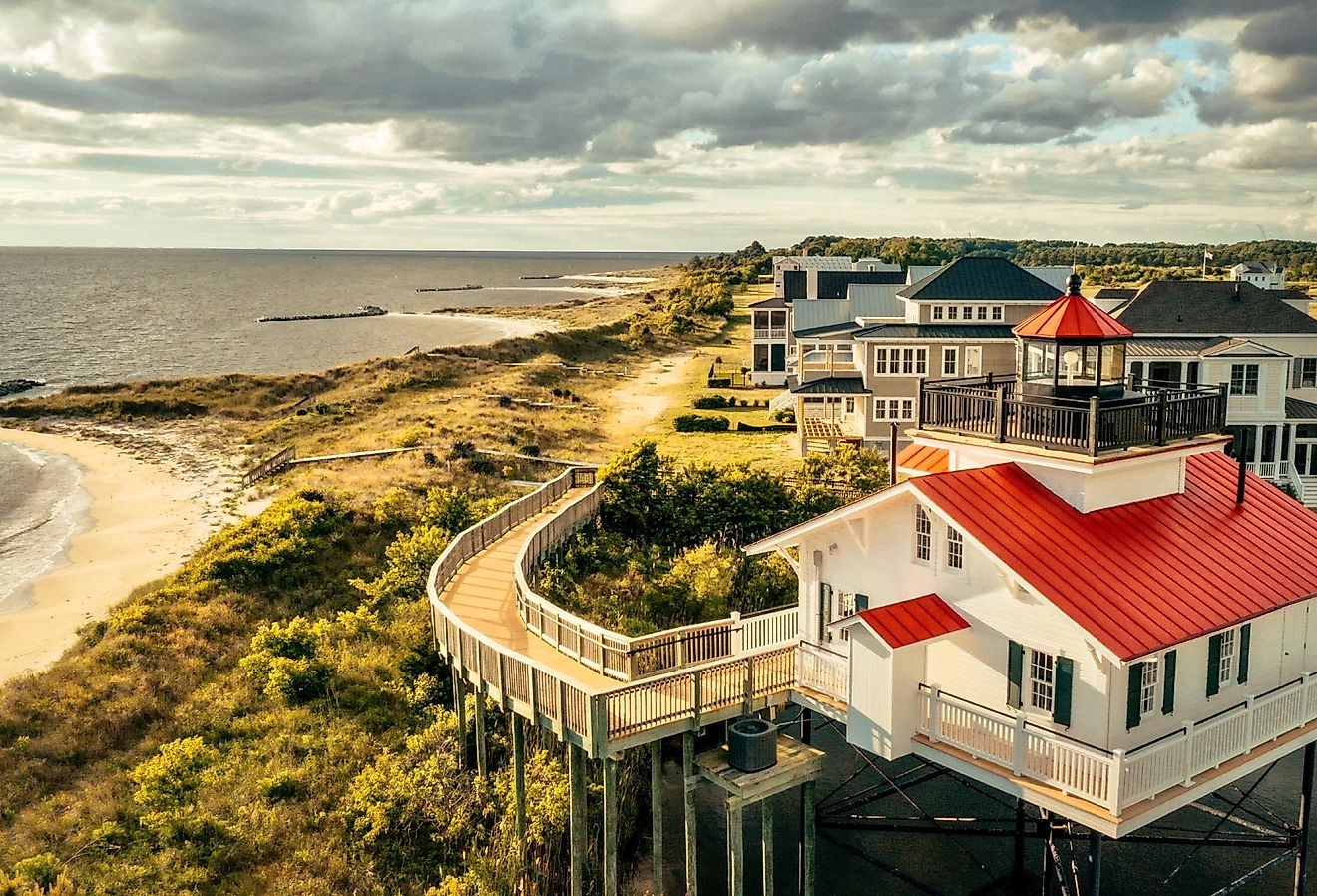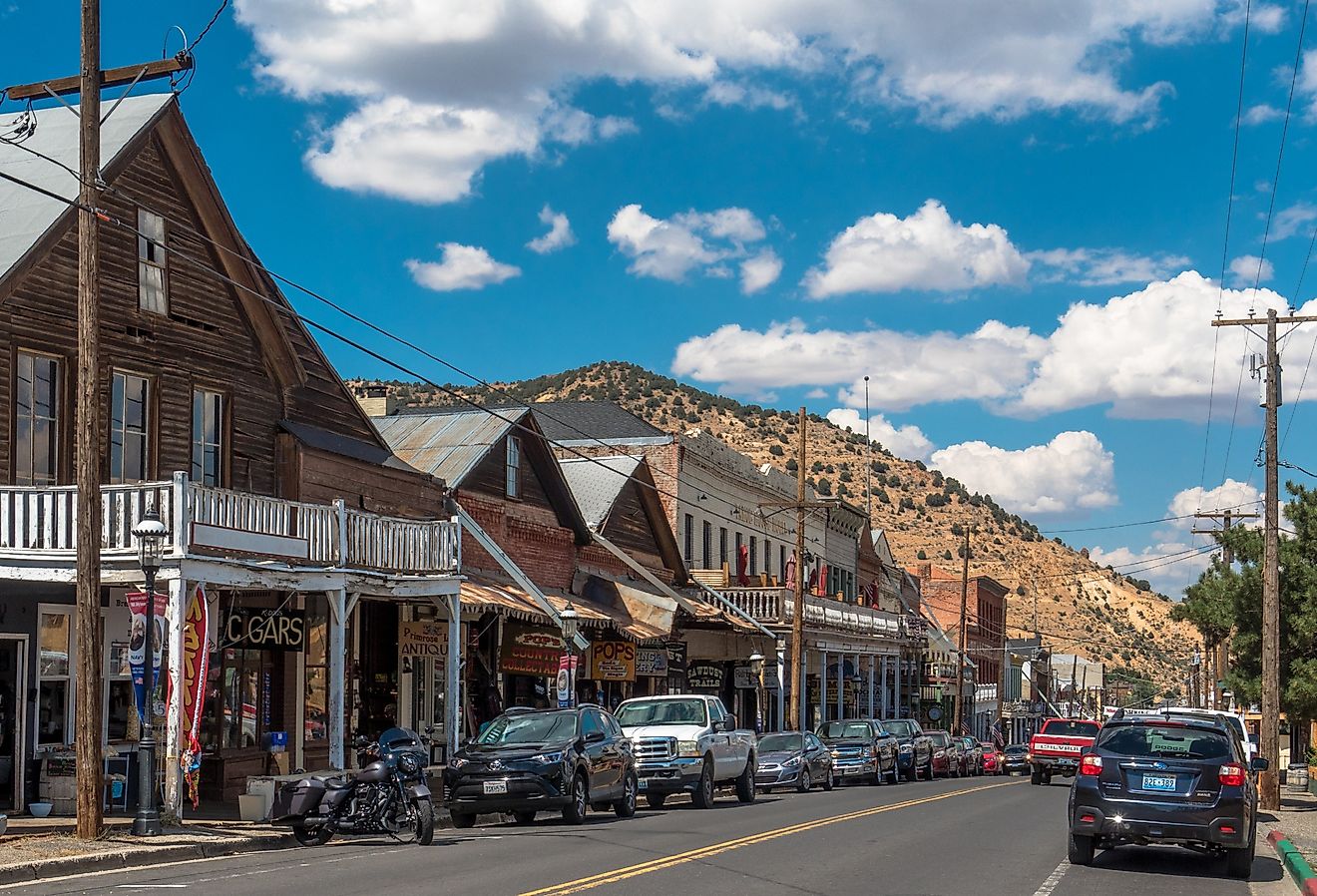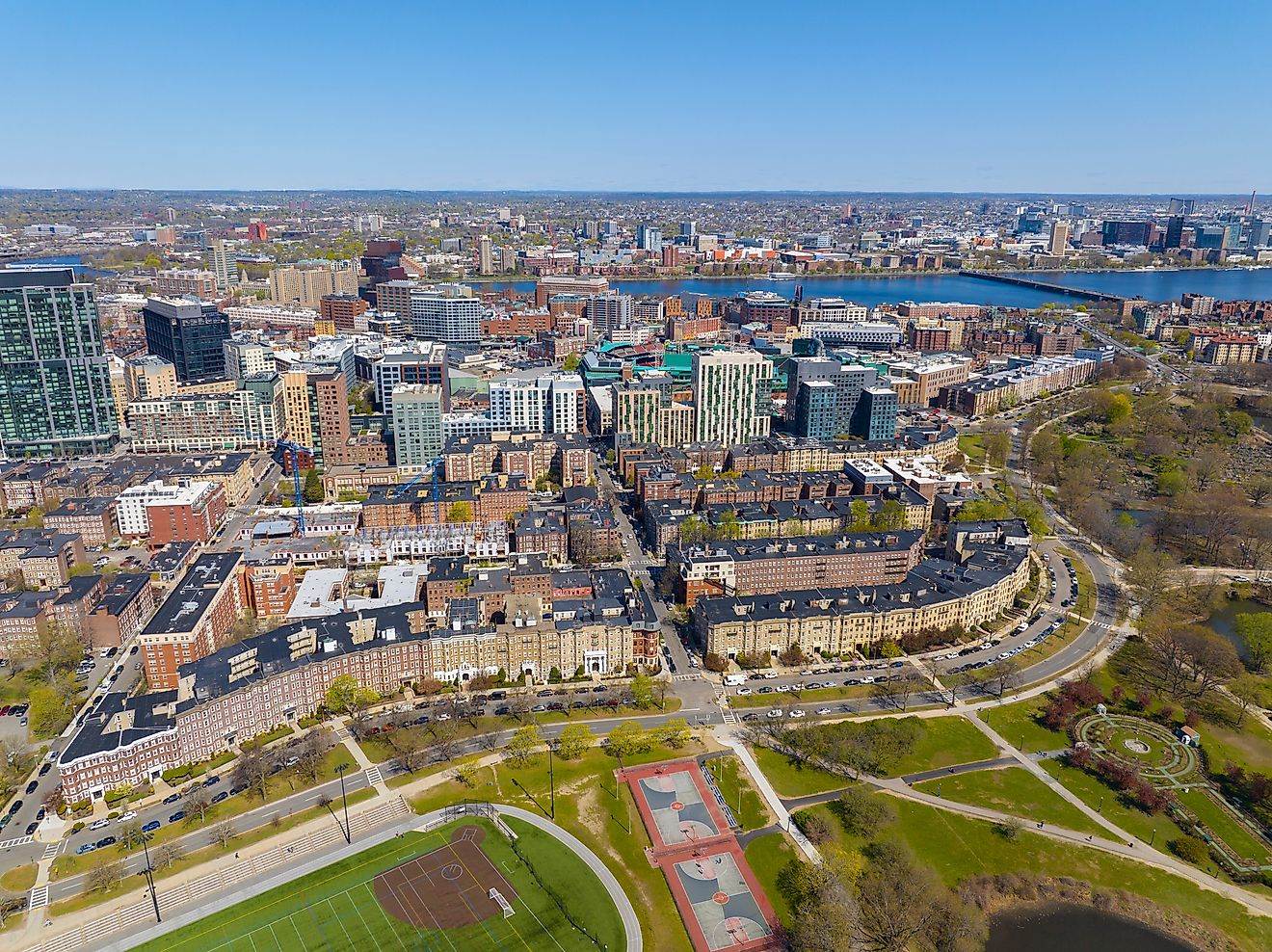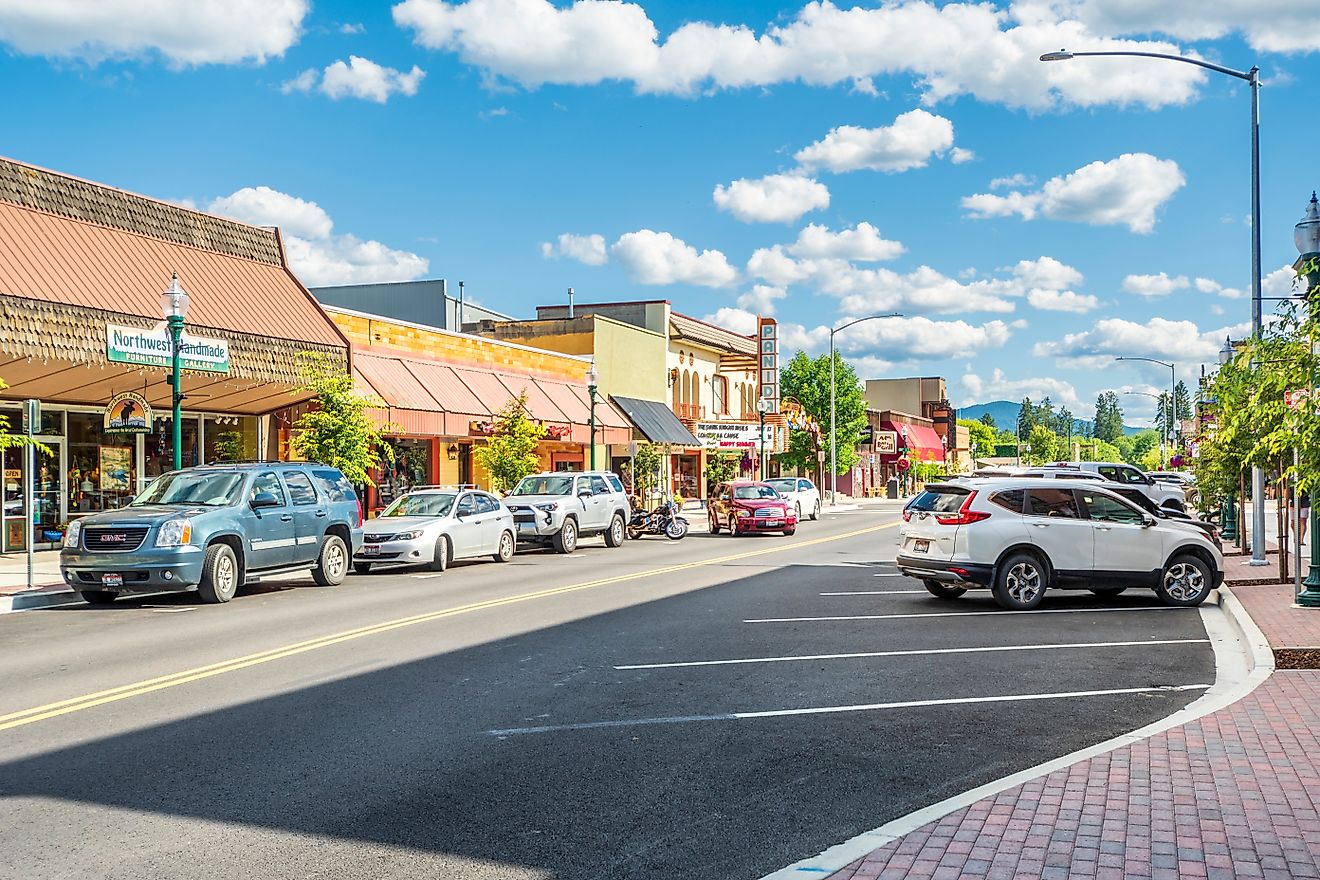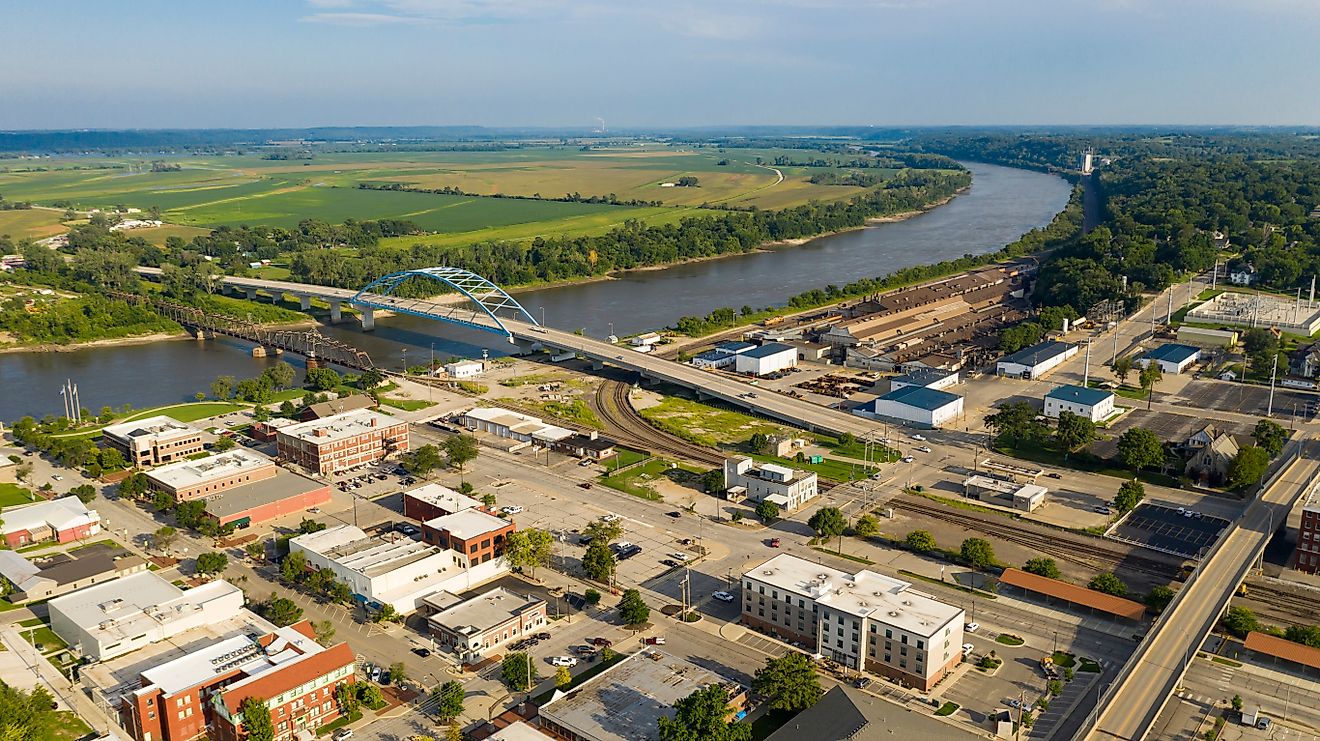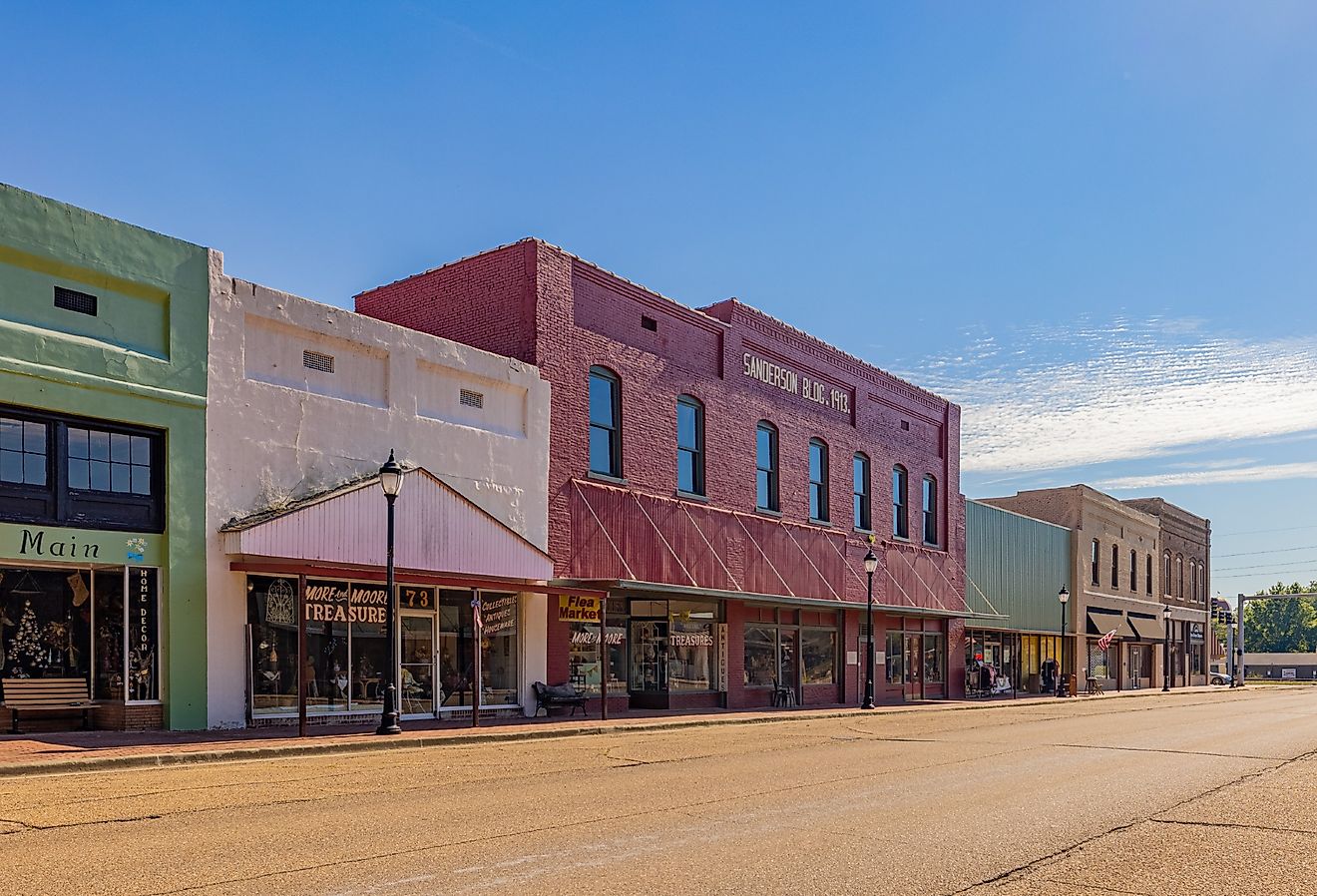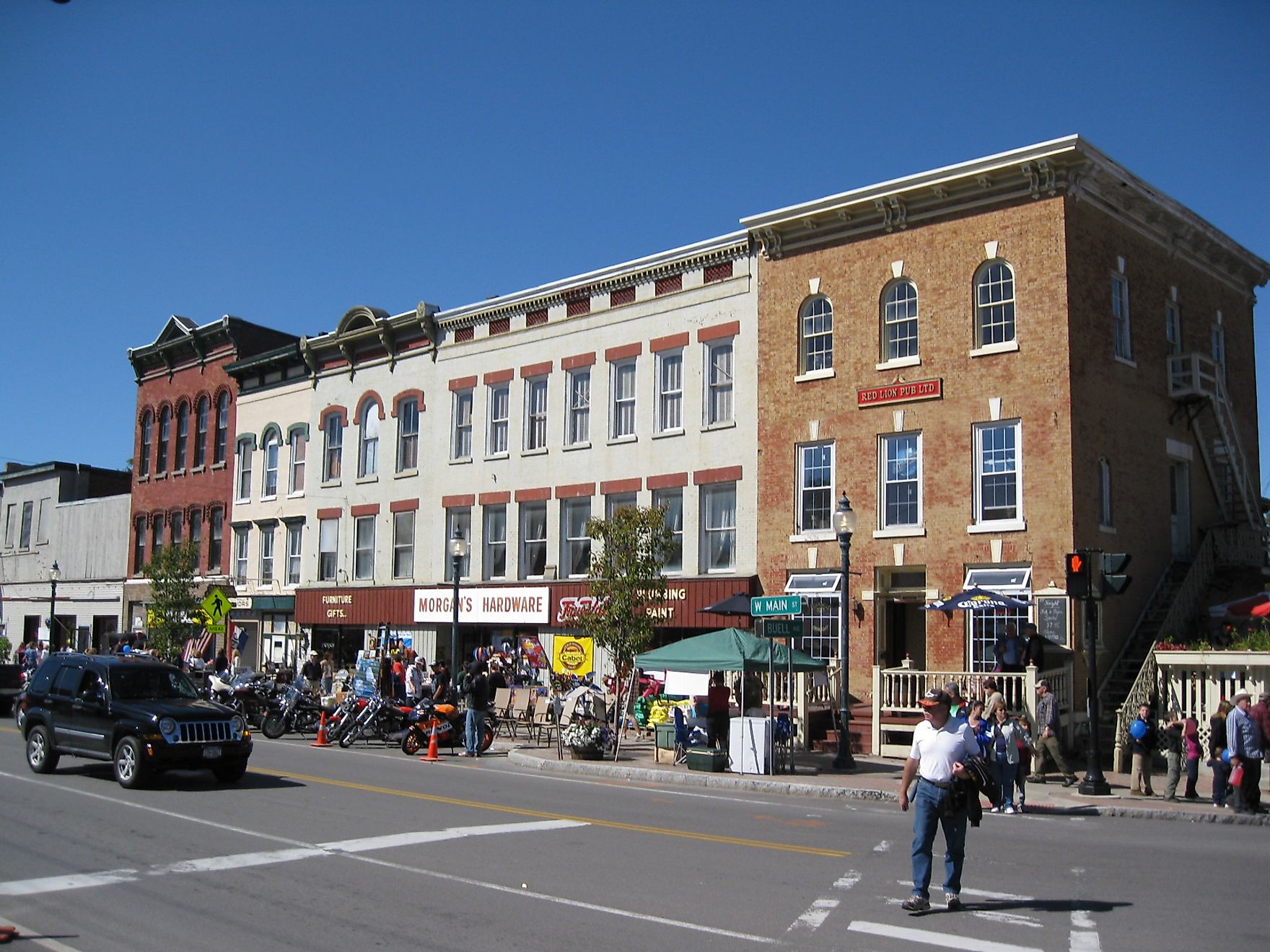
8 Oldest Founded Towns To Visit In Washington
The state of Washington was granted statehood in 1889, but its history extends further back. Washington is a beautiful state with a topographical diversity that includes mountains, volcanoes, and coastlines. It is the birthplace of Starbucks, Microsoft, and grunge music. To better understand how and why the state has evolved into what it is today, consider visiting the oldest-founded towns in Washington.
Oysterville
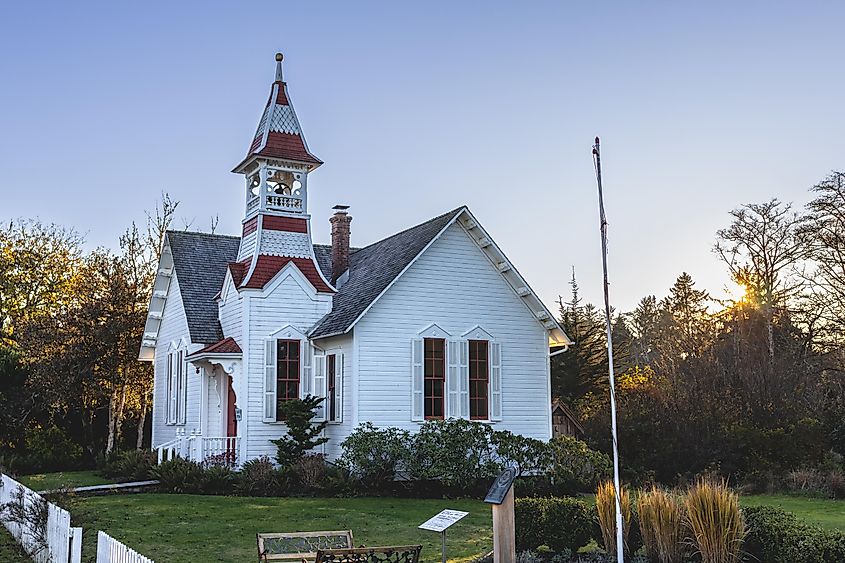
Founded in 1841, Oysterville is often overlooked by tourists but boasts a rich history. Named for its oyster beds in Willapa Bay, this town, with a population of 20, is listed on the National Register of Historic Places. Many buildings and homes predate the 20th century, with the oldest house having originally served as the courthouse.
The town prospered thanks to the Clamshell Railroad, which ran through the Long Beach Peninsula from 1888 to 1930. Visitors can pick up a walking tour map and spend an afternoon exploring historic buildings and listening to oyster shells crunch beneath their feet. While there, be sure to visit local establishments for lunch and a souvenir from the Oysterville General Store.
Coupeville

Coupeville, laid out in the mid-19th century and incorporated in 1910, is located in Ebey’s Landing National Historical Reserve on Whidbey Island and is the second oldest town in Washington. Local families continue to maintain historic farms that their ancestors started in the 19th century.
The town features historic homes in Victorian, Queen Anne, and Saltbox styles. Coupeville is known for its popular annual events, including the Arts Festival and Musselfest. There are abundant outdoor activities around Coupeville, such as fishing and kayaking on Penn Cove.
Port Townsend
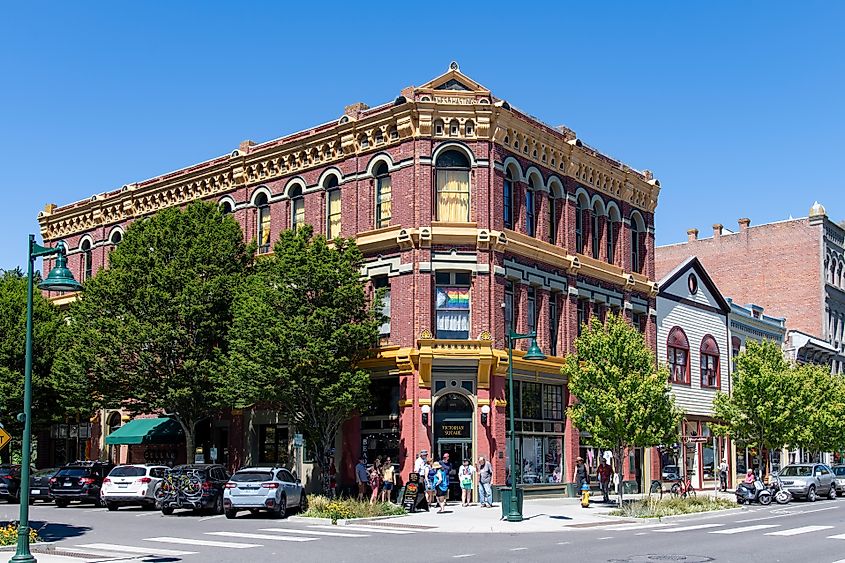
Founded in 1851, Port Townsend is named after the bay that adjoins the town. Its panoramic scenery and Victorian-era buildings make it one of the prettiest towns in the Pacific Northwest. This quaint town earned the nicknames "Key City" and "City of Dreams" for its once-thriving port.
The Port Townsend Historic District, established in 1976, showcases the majority of the Victorian architecture. The town's cultural heritage is highlighted at the Jefferson Museum of Art and History, and the Marine Science Center is dedicated to oceanic preservation. Visitors can stay at the historic Starrett House, a charming bed and breakfast near Uptown, keeping them close to the center of town.
Olympia

Olympia, named for its view of the Olympic Mountains, was established with a log cabin on two acres in 1846 and became the capital of the Washington Territory in 1853. Today, the Capitol Campus, located on Capitol Lake, features the Legislative Building and the 1909 Governor's Mansion. Initially, the town's economy was rooted in logging and oyster fishing, eventually diversifying into sawmills and fruit canning in the 20th century.
Among its historic homes, the Bigelow House and Museum stands out as the oldest in Olympia, constructed in the 1850s in the Carpenter Gothic style, with original furnishings from the Bigelow family. Another significant site is the Olympia Theatre, which opened in 1924 and continues to operate.
Steilacoom

Founded in 1854, Steilacoom is Washington's first incorporated town. The strategic importance of the area was noted by US Commander Charles Wilkes in 1841, leading to the establishment of Fort Steilacoom by the U.S. Army in 1849. Today, four buildings from the original fort remain, marking the 175th anniversary of this historical landmark in 2024.
Steilacoom is known as a "town of firsts," boasting the first brick building north of the Columbia River, the first Protestant church building in the territory, and the first Post Office in Washington. Memorial plaques commemorate these historic sites.
La Conner
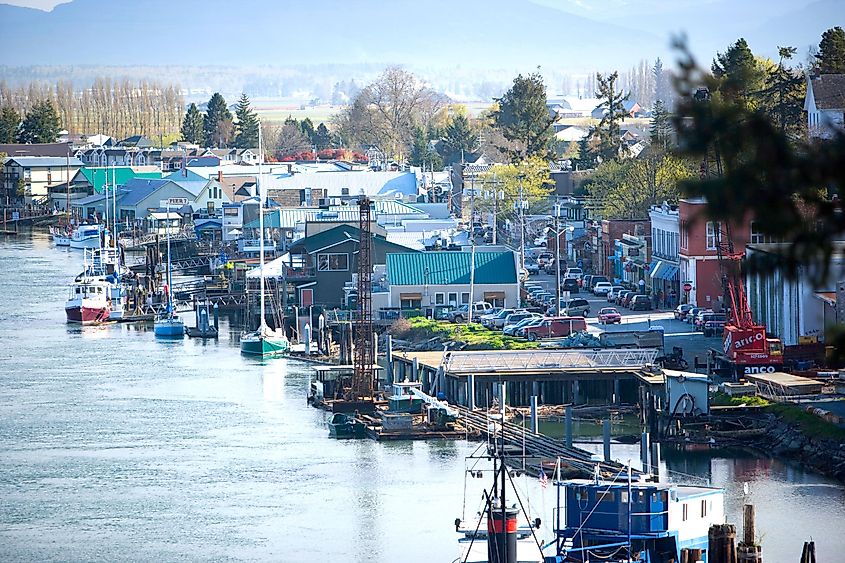
Situated along the banks of the Skagit River, La Conner was founded in the early 1860s and is listed on the National Registry of Historic Places. John Conner, one of the first settlers, renamed the town from Swinomish to La Conner in 1870, in honor of his wife, Louisa Ann Conner.
The Museum of Northwest Art, established in 1981, showcases the Northwest art movement from the mid-20th century. The Skagit County Historical Museum also celebrates La Conner's rich history. Despite its population of less than 1,000, La Conner offers numerous historical and cultural sites to explore.
Thorp
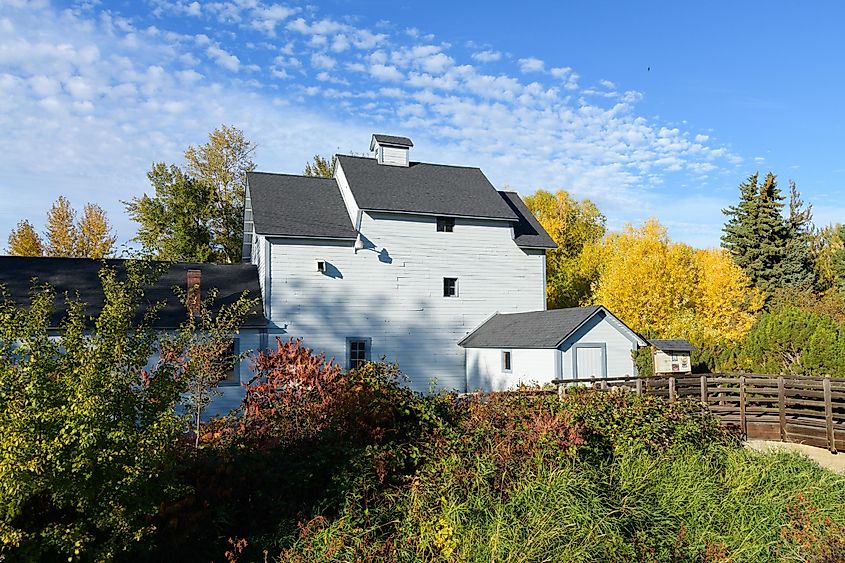
Founded by Mortimer Thorp in 1885, the town is named after him. The Thorp Grist Mill, constructed in the early 1880s, is notable for being the only mill in Washington to have transitioned from stone buhr to modern roller technology. This mill has been meticulously preserved, allowing visitors to step back into Washington's agrarian past.
Kittitas County, which encompasses Thorp, also holds historical significance through the Olmstead Place Historical State Park. This park preserves a working pioneer farm, offering outdoor activities like hiking and fishing. Thorp exemplifies the pioneer spirit, with its preserved mill offering a unique glimpse into the state's early industry.
Waterville

Established in 1885 and incorporated in 1889, Waterville stands as the highest incorporated town in Washington at an elevation of 2,622 feet. It serves as a gateway to the Waterville Plateau and has hosted the Big-Bend Roundup for over a century.
The town boasts stunning natural scenery, with expansive views of the Cascade Mountains and endless wheat fields. Cultural attractions such as the Waterville Museum, Pioneer Park, and numerous historic buildings contribute to its appeal.
In Conclusion
The Pacific Northwest's history is rich with stories of Native Americans, pioneers, and sawmill towns. This pioneering spirit endures in these historic towns, making them not only significant but also inviting. While this text has highlighted several of the oldest towns in Washington, it's important to note that each town, from the antique homes in Coupeville to the original mill in Thorp and the military relevance of Steilacoom, adds a unique chapter to the state's history.
